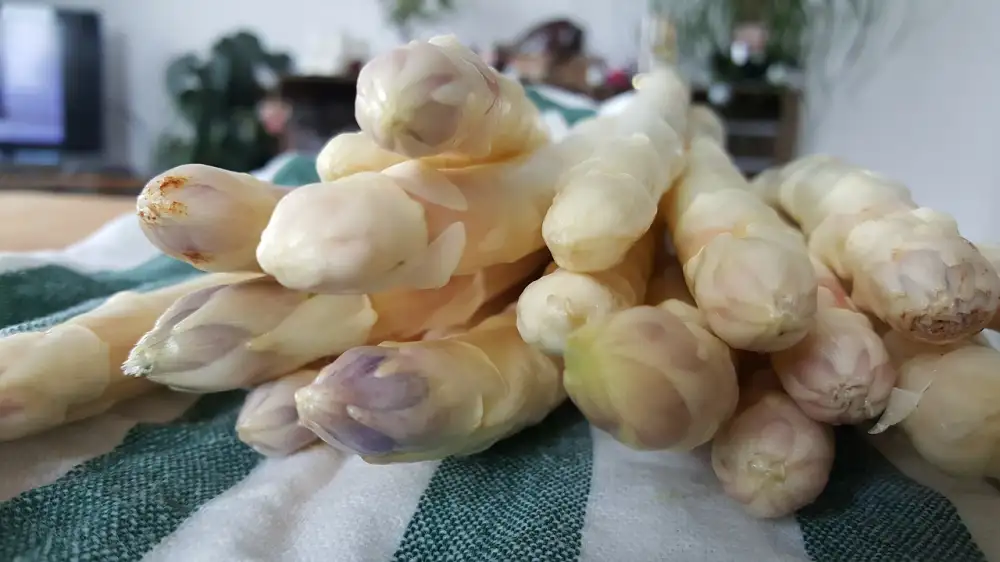Master the Art of Making Sticky Rice: A Step-by-Step Guide

Sticky rice, also known as glutinous rice or sweet rice, is a staple in many Asian cuisines, particularly in countries like Thailand, Laos, and Vietnam. Contrary to its name, sticky rice does not contain gluten; the term "glutinous" refers to its sticky texture when cooked. This type of rice has a short-grain structure that becomes soft and sticky when cooked properly. Sticky rice is often used in both savory and sweet dishes, making it a versatile ingredient in various culinary traditions.
Ingredients Required
To make delicious sticky rice, you will need the following ingredients:
1. Sticky rice (also known as glutinous rice): This type of rice is essential for achieving the characteristic sticky texture. It is different from regular white or brown rice.
2. Water: Use clean, cold water for washing and soaking the rice, as well as for steaming it.
3. Optional: Banana leaves or a bamboo steamer can be used to enhance the flavor and aroma of the sticky rice.
These simple ingredients are all you need to create a delightful dish of sticky rice that will impress your taste buds and leave you craving for more.
Washing and Soaking the Rice
Washing and soaking the rice is a crucial step in preparing sticky rice. Start by rinsing the glutinous rice under cold water until the water runs clear. This helps remove excess starch, which can make the rice too sticky or mushy. After rinsing, soak the rice in water for at least 4 hours or preferably overnight. Soaking allows the grains to absorb water evenly, resulting in a fluffy and tender texture when cooked. Be sure to use enough water to cover the rice completely while soaking.
Steaming the Sticky Rice
Steaming the sticky rice is a crucial step in achieving the perfect texture and consistency. Once the rice has been soaked for at least 4 hours or overnight, it is ready to be steamed. Place the soaked rice in a bamboo steamer lined with cheesecloth or banana leaves to prevent sticking. Make sure to spread the rice out evenly to ensure even cooking. Steam the rice over boiling water for about 25-30 minutes, or until it is tender and fully cooked. Avoid lifting the lid during steaming to prevent heat from escaping and disrupting the cooking process. Steaming allows the rice grains to absorb moisture evenly, resulting in sticky and delicious rice ready to be enjoyed with your favorite dishes.
Fluffing and Serving
After steaming the sticky rice for about 20-25 minutes, it's time to fluff and serve. Using a fork or paddle, gently fluff the rice to separate any clumps and ensure an even texture. This step helps release excess steam and prevents the rice from becoming too compact. Once fluffed, transfer the sticky rice to a serving dish or bamboo basket lined with banana leaves for an authentic touch. Sticky rice is traditionally enjoyed with savory dishes like grilled meats, stir-fries, or curries. Its unique texture and slightly sweet flavor make it a versatile accompaniment to a wide range of dishes in Southeast Asian cuisine.
Tips for Perfect Sticky Rice
1. Use the right type of rice: It's essential to use glutinous or sticky rice, which is different from regular long-grain rice. Look for varieties like Thai sticky rice or Japanese sushi rice for best results.
2. Soak the rice properly: Soaking the sticky rice for at least 4 hours or overnight helps it cook evenly and achieve the desired stickiness. Drain the rice well before steaming.
3. Steaming method: Invest in a bamboo steamer or a traditional Thai sticky rice basket for authentic results. Ensure that the steam can circulate freely around the rice while cooking.
4. Avoid peeking: Once you start steaming the rice, resist the temptation to open the lid and check on it frequently. This can disrupt the cooking process and affect the final texture.
5. Fluff with care: After steaming, gently fluff the sticky rice with a fork or wooden paddle to separate any clumps without mashing the grains together.
6. Serve warm: Sticky rice is best enjoyed fresh and warm, so aim to serve it immediately after cooking for optimal taste and texture.
By following these tips, you can master the art of making perfect sticky rice every time and delight your senses with this delicious culinary creation.
Published: 14. 03. 2024
Category: Recipes



